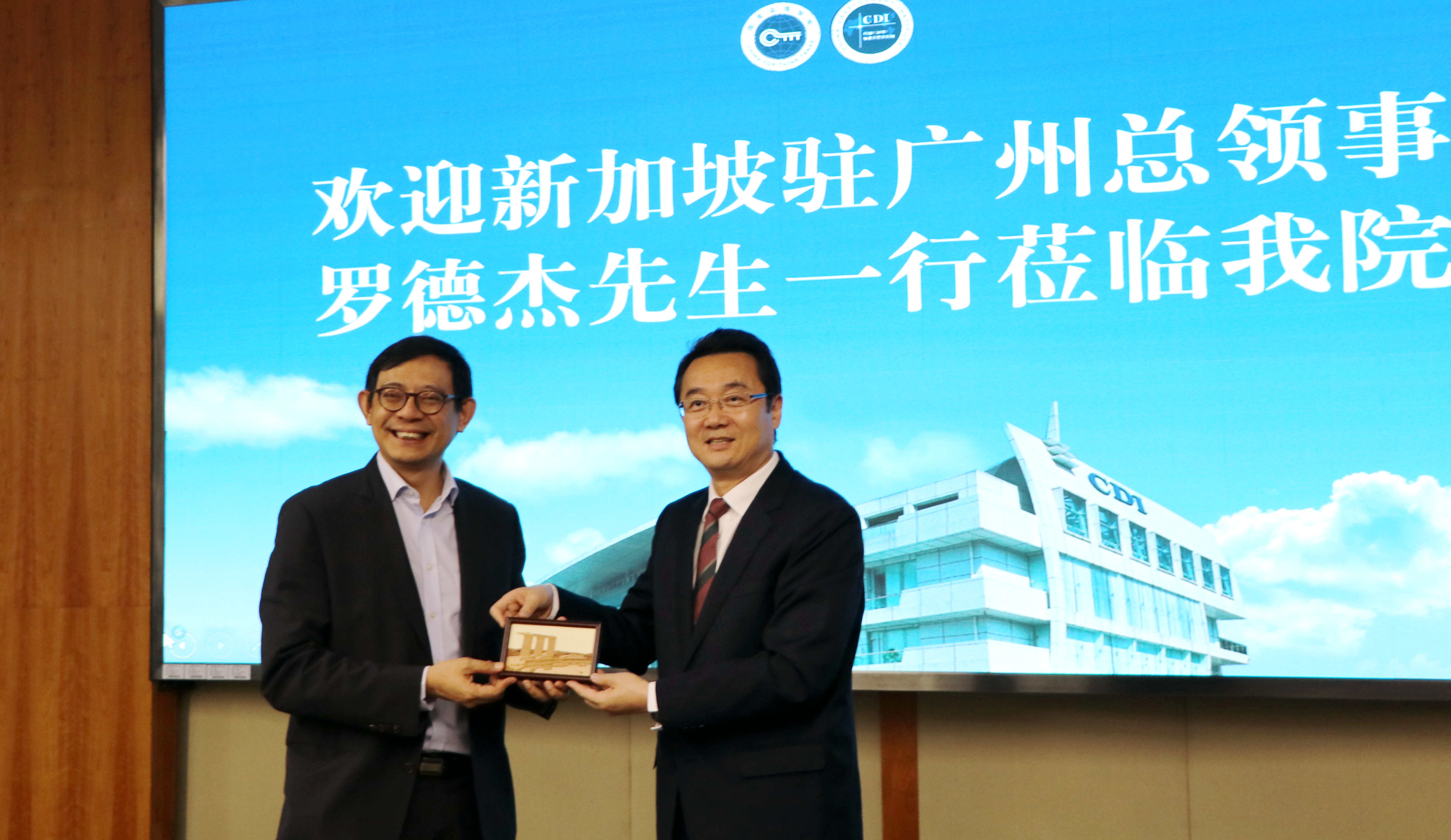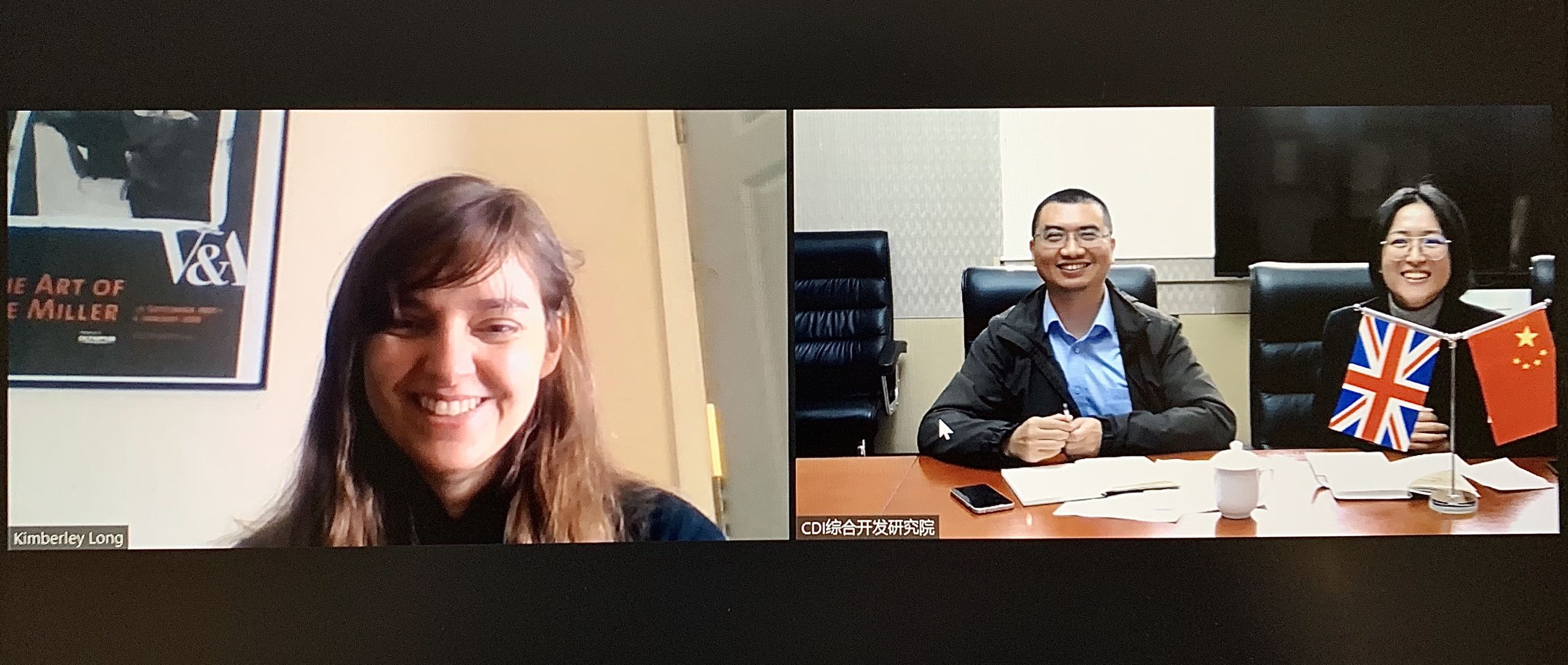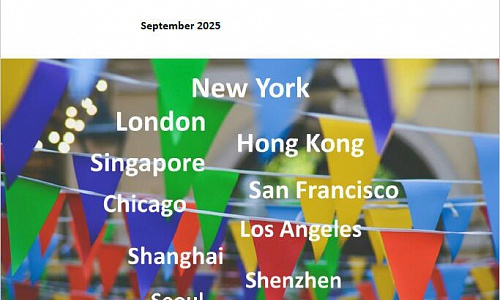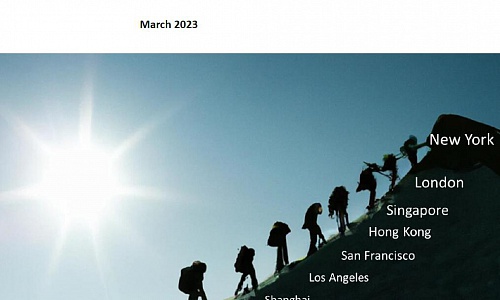
2021 - News

On November 29, Ms. Lisa K. Heller met with Dr. Guo Wanda, Executive Vice President of CDI in Shenzhen, China. During the meeting, Dr. Guo briefly summarized China’s overall economic performance in 2021 which was largely driven by the “dual circulation” development model. Given that the U.S. and China’s economic growth will both face a number of challenges, such as the ongoing global pandemic, global inflation, and supply chain restructuring, both sides agreed that the U.S. and China should maintain a stable and open dialogue and stay focused on the long-term benefits, especially in the area of green economy and carbon neutrality. As two major emitters, the U.S. and China should work collaboratively towards reaching each other’s respective carbon goals.

On May 19, H.E. Clare Fearnley, the New Zealand Ambassador to China, led delegation to China Development Institute and was greeted by Executive Vice President Dr. Guo Wanda. The two parties exchanged views on Guangdong-Hong Kong-Macau Greater Bay Area (GBA)’s role in the “dual circulation” development model, Shenzhen’s role in the GBA plan and its economic outlook, as well as the current status and future implication of China’s digital currency.

On March 11, the Consul-General of Singapore in Guangzhou, Mr. Loh Tuck Keat and the Vice President of the China Development Institute, Dr. Qu Jian exchanged ideas on the priorities and directions contained in China and Shenzhen’s 14th Five Year Plan. In addition, they discussed how outward economies like those of Guangdong province and Shenzhen city plan to achieve “dual circulation”. Dr. Qu pointed out that people’s livelihoods are strongly emphasised in the national plan, with respect to medical care, education, and housing, as well as basic scientific research and innovation. Meanwhile, Shenzhen will focus on systematic reform to further facilitate international investment and trade.

On March 9, 2021, The Banker magazine, part of the Financial Times Group, interviewed Dr. Yu Lingqu on issues surrounding shadow banking in China. As Dr. Yu pointed out, with closer supervision and tighter regulation, the scale of shadow banking in China has rapidly decreased, from 100 trillion yuan in 2017 to 85 trillion yuan in 2019. Although a small rebound (less than one trillion yuan in scale) was seen in 2020 due to stimulation of the real economy in response to the pandemic, the overall trend remains centred on further regulating the financial market, compressing the scale of shadow banking, and controlling financial risks.
On March 2, the Consulate General of India delegation, led by Mr. Sujit Ghosh, Consul General of India, Guangzhou, visited the CDI. Executive Vice President Dr. Guo Wanda briefly reviewed Guangdong and Shenzhen’s 2020 economic growth data, and provided insights on the further development of the Guangdong-Hong Kong-Macau Greater Bay Area (GBA). In addition, both parties exchanged views on the 2021 global economic outlook and China’s “dual circulation” economic model.









